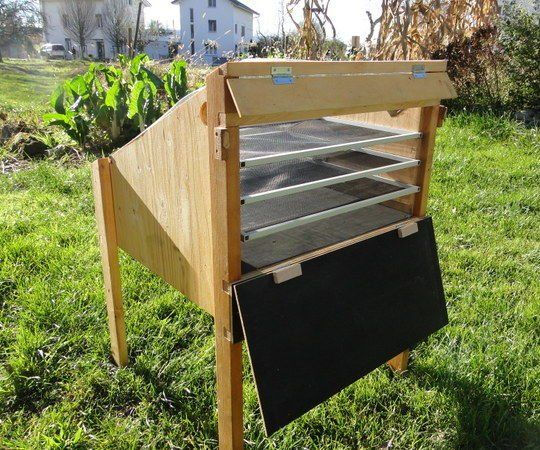Can Solar Fencing Revolutionize Agricultural Security?
- aeosenergiea
- Jun 24, 2024
- 2 min read
In the field of agriculture, protecting crops and livestock from intruders is a perennial challenge. Traditional fencing methods have their limitations, often proving ineffective against determined wildlife or trespassers.
But could solar fencing be the game-changer that revolutionizes agricultural security?
Let’s explore the transformative potential of solar-powered fencing systems for farmers.
Understanding Solar Fencing:
Solar fencing is an innovative security solution that uses solar panels to power an electric fence. This type of fencing delivers a non-lethal shock to deter animals and intruders, providing a continuous and reliable protective barrier around agricultural land.

Enhancing Crop and Livestock Protection:
Effective Deterrence: Solar fencing delivers a mild electric shock upon contact, creating a strong deterrent against animals and human intruders. This ensures that crops and livestock are protected from damage and theft, reducing losses and increasing productivity.
24/7 Security: Powered by solar energy, these fences operate round the clock, regardless of power outages. This ensures constant protection without the need for manual monitoring, giving farmers peace of mind.
Economic and Environmental Benefits:
Cost-Effective Solution: Solar fencing requires a one-time investment with minimal maintenance costs. Over time, the savings on crop and livestock losses, combined with the low operational costs, make solar fencing a financially viable option for farmers.
Eco-Friendly Technology: Utilizing renewable solar energy, these fencing systems reduce reliance on non-renewable resources. This aligns with sustainable farming practices and minimizes the environmental footprint of agricultural activities.
Success Stories and Real-World Applications:
Farmers globally are already witnessing the benefits of solar fencing. In Africa, where wildlife intrusion is a significant issue, solar fences have reduced crop damage by 70%, allowing farmers to harvest more and earn higher incomes. In India, solar fencing has been pivotal in preventing livestock theft and boosting the confidence and livelihood of rural farmers.
Versatility and Adaptability:
Customizable Solutions: Solar fencing systems can be tailored to suit different agricultural settings, from small farms to large estates. This flexibility makes them suitable for a wide range of agricultural applications, ensuring every farmer can find a solution that meets their specific needs.
Integration with Smart Farming: Modern solar fencing systems can be integrated with IoT devices and smart farming technologies, providing real-time alerts and monitoring. This enhances overall farm management and security, paving the way for more advanced agricultural practices.
Conclusion:
Solar fencing is more than just a barrier; it’s a revolutionary approach to agricultural security that offers robust protection, economic savings, and environmental benefits. By embracing this innovative technology, farmers can safeguard their livelihoods, enhance productivity, and contribute to a more sustainable agricultural future. As awareness and adoption of solar fencing grow, it is poised to become an indispensable tool in the quest for secure and resilient farming communities.




Comments